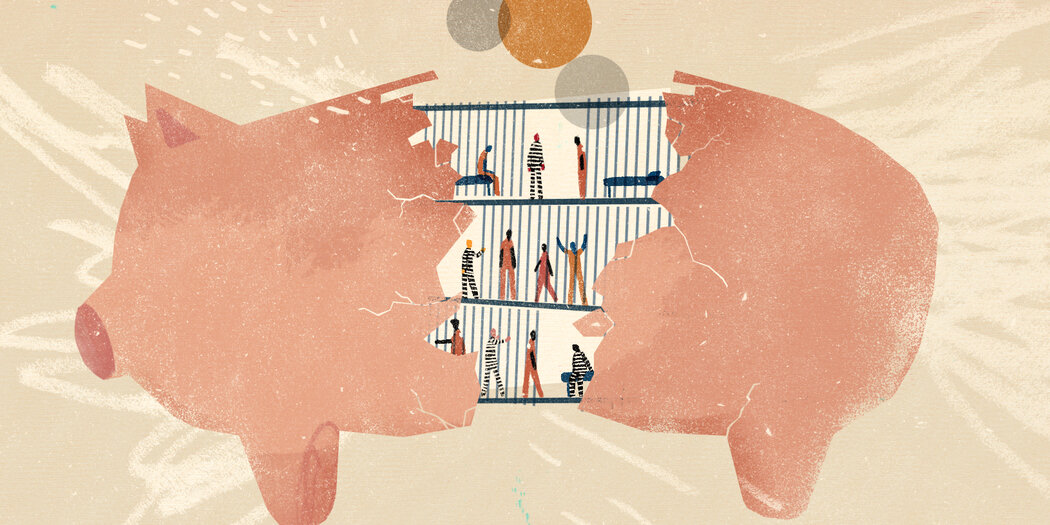Bipartisan efforts to improve the criminal justice method have received momentum close to the country in new years. Practically all 50 states, several counties, and the federal government have sought to reduce imprisonment and mitigate its harms.
A remarkable wave of legislation has shortened custodial sentences and widened eligibility for sentences served in the neighborhood. States and localities have also invested in rehabilitation and reentry expert services.
However the affect of these attempts has been relatively modest. Though the nation’s imprisoned population has declined given that peaking in 2009, incarceration levels continue to be extraordinarily substantial (see figure 1).
Practically 1.2 million folks are serving sentences in condition and federal prisons, and 10.3 million are admitted to neighborhood jails each and every 12 months.
Mass incarceration — a phrase now entrenched in the popular lexicon — is proving remarkably resistant to effectively-intentioned reforms.
A single explanation can be discovered in the infrastructure erected to support the United States’ reliance on imprisonment as the country’s principal crime control policy. Mass incarceration did not outcome just from improved policing and harsher criminal penalties.
Economic and financial incentives established by regional, point out, and federal agencies also performed a position. Law enforcement, prosecutors, and corrections agencies competed for these benefits by escalating their enforcement practices. Law enforcement came to count on these funding resources, particularly as declining tax receipts and intergovernmental transfers still left them grasping to fill finances holes.
These incentives are a persistent structural driver of punitive enforcement and mass incarceration.
The perverse financial incentives of direct federal funding programs for incarceration are relatively straightforward to discover. So much too are laws passed by Congress that encourage far more punitive procedures.
This report focuses alternatively on an interlocking set of economic incentives that are extra deeply entrenched and difficult to unravel. These incentive structures elevate the hazard that officials will chase earnings instead than pursue public protection and justice, giving law enforcement agencies a stake in perpetuating mass incarceration. This report catalogs some of the most corrosive practices.
These perverse economic incentives slide into three major categories:
- User-funded justice. By mechanisms this kind of as civil asset forfeiture, fines and fees, and privatized community supervision, the incredibly men and women subjected to criminal enforcement activities are routinely designed to contribute to the price of their being arrested, detained, charged, prosecuted, supervised, or incarcerated. Legislation enforcement officials and agencies experience the benefits whilst these trapped in the method wrestle to pay.
- Correctional and detention mattress markets. Officials seeking to alleviate prison and jail overcrowding by renting house from other jurisdictions have produced a marketplace in incarcerated folks. The federal government has exacerbated this demand from customers for bed place, particularly as a result of stepped-up immigration enforcement. Fiscally distressed counties have observed this industry as a solution to their spending plan woes, typically expanding their jails to serve it. Incarcerated people today, meanwhile, are minimized to dollars and cents in this lease-seeking ecosystem of carceral institutions seeking to maintain or improve their operations.
- Enforcement-oriented performance metrics. Law enforcement departments and prosecutors’ offices reward employees for meeting productivity-centered position metrics, this sort of as arrest quotas and large conviction prices, and penalize all those who tumble quick. With their career security and occupation advancement at stake, law enforcement officials are incentivized to go after punitive measures even when leniency might be far more appropriate.
In current yrs, policymakers have occur to see how these practices exacerbate poverty, generate conflicts of interest for officials, and disproportionately damage communities of color. This has served generate progress. But reforms that concentrate on specific incentives in isolation can have unintended repercussions. A rollback of fines and expenses, for example, may simply just push officials to increase civil asset forfeitures to fill the anticipated revenue hole. Proposals to cut down jail and prison populations by shifting men and women into privatized group supervision could enrich for-earnings firms though saddling people today with costs they are not able to pay for.
The array of perverse incentives in the criminal legal process helps make unwinding mass incarceration extraordinarily difficult. A comprehensive method will call for an all-out mobilization by Congress, condition legislatures, area governments, and law enforcement agencies. To reduce the variety of people today beneath correctional regulate, policymakers need to unravel these deeply embedded financial incentives. At the similar time, dissuading general public safety agencies from preying on the incredibly men and women they are charged with protecting will need that they be adequately and equitably funded. This report maps out the perverse incentive structures that have aided perpetuate the United States’ extremely severe technique of punishment and outlines reforms that can eliminate, adjust, or realign them, shifting the country towards a extra honest and just criminal justice system.



